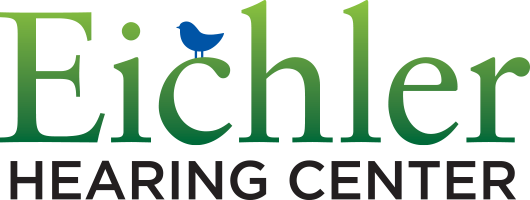
Select The Right Hearing Aid For You
When It Comes To Hearing Aids,
One Size Does Not Fit All
Hearing aids come in many different styles, sizes and technologies, and different types are worn in different ways – behind the ear, in the ear, partly visible, or completely hidden. Figuring out which combination is best for you depends on many factors, which is why we spend so much time getting to know you and use a multi-factor fitting process. It’s also why you get a no-cost trial period to try out your new devices in your everyday life - you do not have to make a binding decision sitting in our offices.
We are all unique and have different needs and goals. By offering you a variety of different styles, sizes, and manufacturers, we can meet your hearing needs and fit your style.
Main points when it comes to Hearing Aid Selection considerations:
Hearing loss and goals
Style considerations and references - sound, physical comfort, visibility, wearability and dexterity
Brand
Budget
Additional factors - rechargeable or disposable batteries, cell phone connectivity, landline, FaceTime, TV connectivity - practical application to all of these, reaction to hearing what they do vs reaction to experiencing it
How Modern Hearing Aids Work
Originally, hearing aids could only amplify all of the sound around them, that was the best that technology could do at the time.
So, if you were in a noisy place, your hearing aids just made the noise louder, and they didn’t improve your hearing – you still couldn’t understand what was being said. That’s why so many people threw them into a drawer and forgot about them.
Today’s hearing aids use highly sophisticated technology that filters background noise and amplifies the sounds you want to hear. So, even in a noisy location, you can hear and understand a conversation.
By understanding the exact nature of your hearing loss, we can fit you with the design and technology that will give you the hearing improvement possible.
Types of Hearing Aids
Receiver In The Ear
Small and Effective
Receiver in the Ear (RITE) sometimes called Receiver-in-the-Canal (RIC) hearing aid instruments include a case that sits behind your ear.
But unlike traditional Behind-the-Ear (BTE) devices, the receiver (or "loudspeaker") piece goes inside your ear. This allows these devices to be smaller than BTEs.
Receiver-in-the-Canal Features:
Available in mini or micro sizes
All components except receiver contained in a case worn behind the ear
Sound directed into the ear canal through receiver unit
Can be fit with standard domes or custom earmolds
Virtually unnoticeable when worn
For mild to severe hearing losses
Variety of color options available
Custom Hearing Aids
Almost Invisible
Custom Hearing Aids (canal-style devices) are among the smallest hearing instruments. They hide within your ear canal, so they're custom made to fit you exactly.
There are three types of canal-style devices:
Completely-in-the-Canal (CIC) device fits the deepest within the canal; a tiny extension cord is used to insert and remove the instrument.
In-the-Canal (ITC) devices are slightly larger, so they extend farther out but remain very hidden.
In-The-Ear (ITE) you will see some of the device's face, depending on the size and shape of your ear.
Canal Model Features:
Custom fit
CIC models are nearly invisible
CIC and ITC models are suitable for mild to moderate hearing losses
ITE models are suitable for moderate to severe hearing losses
Skin tone colors available
Reconditioned
We do get traded in hearing aids that are in excellent condition, which you may try before purchasing at a discounted pricing. Call and check in with us on our current inventory.
Power Hearing Aids
Powerful Amplification
Power Hearing Aids are designed for extreme hearing loss. Some listening situations may have felt insurmountable in the past, but now there is help for those situations. Thanks to a solid set of features that keeps sounds clear and natural, these hearing aids can aid in a significant increase in the quality of life for those with severe hearing loss.
Power features:
Understanding speech is the peak priority.
Has speech variable processing to preserve the soft nuances in spoken words for better understanding
Speech priority noise reduction features work to separate speech from surrounding noise while reverb reduction features help control the lingering "ring" that sounds can take on in large spaces like assembly halls or places of worship.
